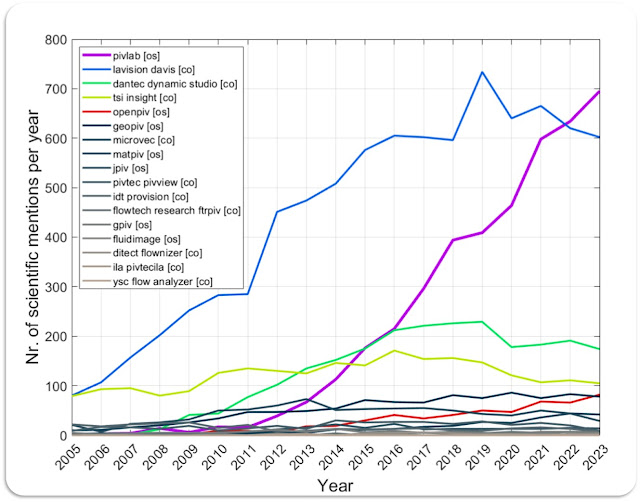PIVlab can now run in batch mode with the GUI: To prepare a batch session, perform your setup as before (including image loading, calibration, pre- and post processing, but WITHOUT hitting the "Analyze all frames" button ). Then save your session. To perform a batch analysis, you can now enter the following: PIVlab_GUI(1,'c:\folder\my_first_PIVlab_session.mat'); PIVlab_GUI(1,'c:\folder\my_second_PIVlab_session.mat'); PIVlab_GUI(1,'c:\folder\my_third_PIVlab_session.mat'); Where the first number is the number of CPU cores to use (when you have the parallel computing toolbox), and the second argument is the path to your session file. PIVlab will then start, load the session file, perform the analysis, and save the session file in the same folder and with the string '_BATCH' attached to the filename. This allows you to prepare large amounts of image data for analysis, and process them all at once e.g. during the night.












